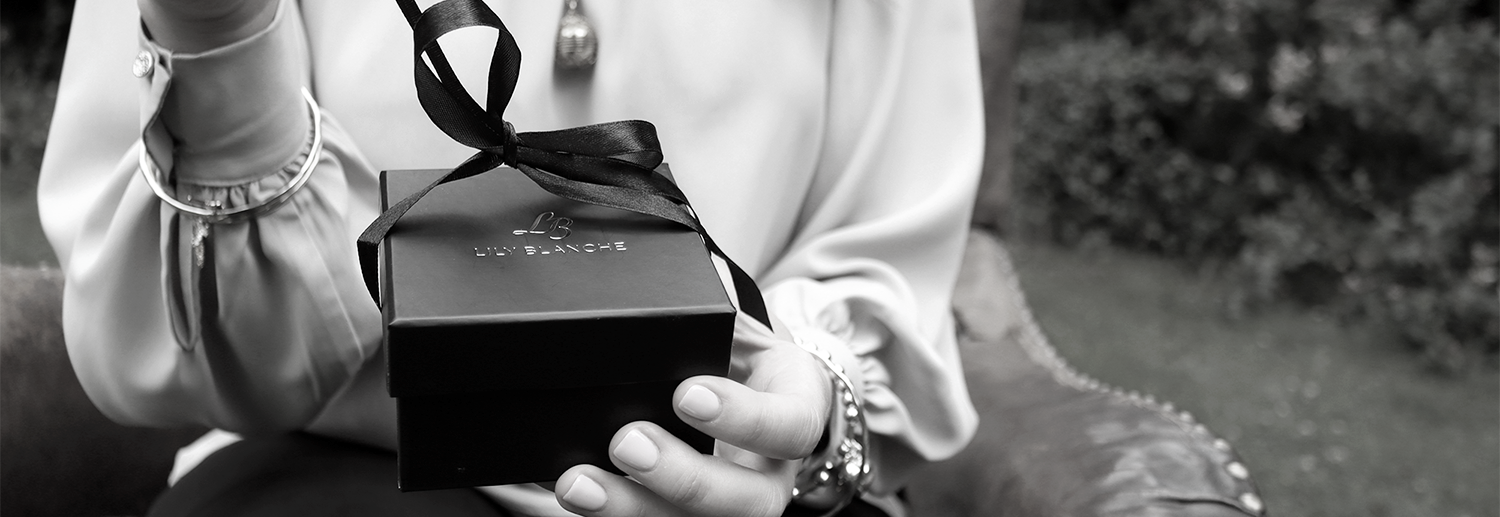Our Hallmark
What Is Hallmarking?
Hallmarking in Britain dates back to 1300 and the reign of Edward I. A hallmark is a set of component marks or icons which is applied, usually by stamp or by laser, to items made of precious metals to indicate the value and authenticity of an item. Hallmarks can be applied only to the noble metals which are - silver, gold, platinum or palladium. In the UK, four Assay Offices – in Edinburgh, Birmingham, London and Sheffield – are authorised by the UK government to apply hallmarks. There are stringent laws around hallmarking. This means if you own an item with a full UK hallmark you can have peace of mind that it has been independently tested and approved by one of the four Assay Offices, which are government agencies.
The hallmark is your guarantee of quality. It means that the item of jewellery has been:
- Independently tested
- Conforms to all legal standards of purity (fineness)
- Guarantees the provenance of the jewellery.

The Lily Blanche Hallmark
The Lily Blanche hallmark is a full traditional UK hallmark. It has been created for us by the Edinburgh Assay Office using the world-famous castle mark which has been in circulation since 1457. By offering a hallmark, we join a legacy of makers stretching back centuries. Hallmarks are eminently collectable and add value to your jewellery.
Each hallmark tells its own story through a series of individual pictures:
The letters in the surrounding shape are our maker’s mark and identify the jewellery as Lily Blanche.
The numbers tell of the type and purity of the metal.
The Scottish lion rampant is the traditional fineness mark
The castle identifies the city in which the piece is hallmarked – in our case Edinburgh.
The letter represents the year in which the piece was tested and marked.
Here you can read more about the Edinburgh Assay Office and it's work with hallmarking.
Why Do Items Need To Be Hallmarked
What Does A Hallmark Add To An Item?

